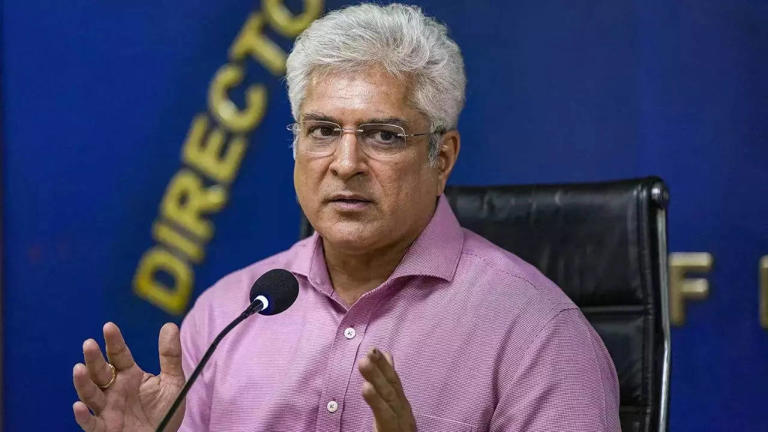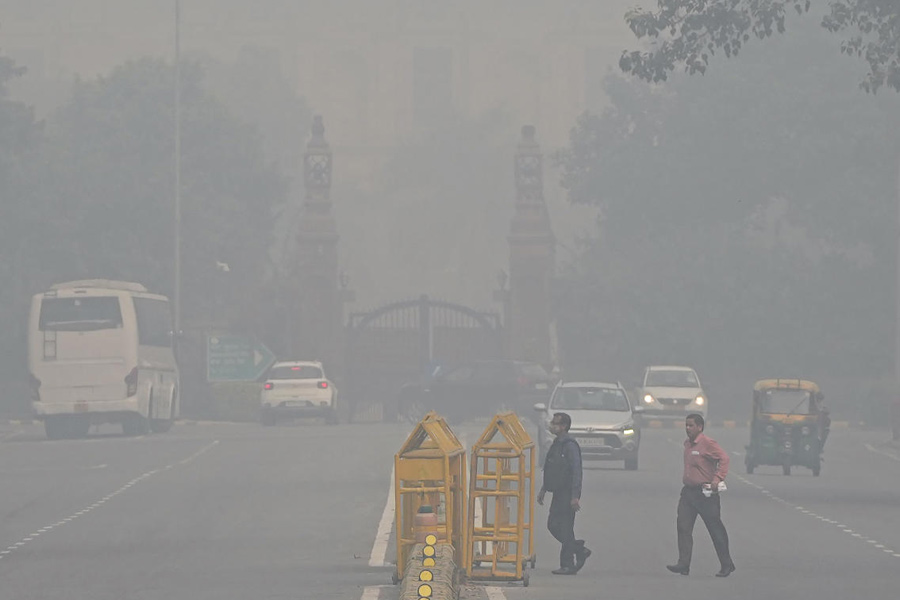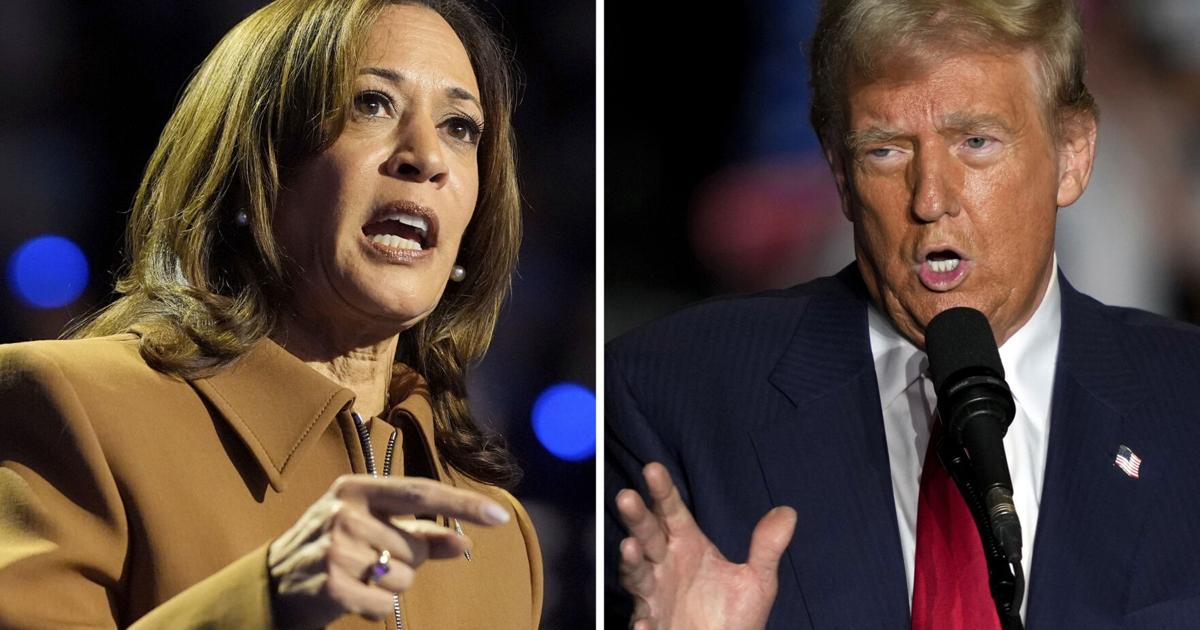Home / business / Rupee Hits All-Time Low of 86.3537 as US Dollar Surges and Crude Oil Prices Soar
Rupee Hits All-Time Low of 86.3537 as US Dollar Surges and Crude Oil Prices Soar
By: My India Times
4 minutes read 53Updated At: 2025-01-13

On January 13, 2025, the Indian rupee plunged to a record low of 86.3537 against the US dollar, continuing its downward trajectory for the second consecutive session. This sharp depreciation of the rupee comes as the US dollar gained significant strength, driven by better-than-expected job growth figures in the US market, and a series of global factors that have put additional pressure on emerging-market currencies.
At 10:07 am IST, the Indian currency was trading at 86.3537 per dollar, reflecting a sharp decline of 38 paise compared to its previous close. This fall marks a historic low for the rupee, which has struggled to maintain its value against the backdrop of a strengthening US dollar and rising crude oil prices, two of the most influential factors in global currency markets.
US Job Growth Boosts the Dollar
The rally in the US dollar can largely be attributed to the latest job growth data from the United States. The US economy has been showing robust signs of resilience, with job growth exceeding expectations in the latest reports. The better-than-anticipated job market performance has led to speculation that the Federal Reserve may maintain its aggressive stance on interest rates for longer, a move that typically boosts the value of the US dollar.
The dollar's surge is also supported by rising US bond yields, particularly the 10-year treasury yield, which remains high at 4.76%. This makes US assets more attractive to investors, further driving demand for the dollar. The dollar index, which measures the greenback against a basket of six major currencies, has risen by 0.22% to hit a new two-year high of 109.72.
This strong performance of the US dollar has put significant pressure on other currencies, including the Indian rupee. As a result, the rupee has continued its decline, as foreign investors move their capital into the US, seeking higher returns in a more stable and stronger economic environment.
Global Impact of Rising Crude Oil Prices
In addition to the strength of the US dollar, rising crude oil prices are also playing a crucial role in the rupee's weakness. India, being one of the largest importers of oil in the world, faces significant challenges when global oil prices rise. Oil imports not only increase the country's trade deficit but also demand more dollars for payments, further straining the rupee.
Crude oil prices have surged in recent weeks, partly driven by supply disruptions and geopolitical tensions in key oil-producing regions. The global oil markets are experiencing volatility, which has resulted in crude prices reaching new highs. As oil prices continue to climb, the Indian economy feels the brunt, with the government and businesses facing higher costs for fuel and transportation. This, in turn, puts additional pressure on the rupee, as more dollars are needed to pay for oil imports, exacerbating the currency's fall.
Broader Economic Implications
The depreciation of the rupee has wide-ranging implications for India’s economy. A weaker rupee increases the cost of imports, especially for essential goods like crude oil, gold, and electronics. This can drive inflation, affecting everyday consumers and businesses that rely on imported materials. Moreover, a weaker currency may put a strain on India's fiscal policy, as the government grapples with rising costs and a ballooning trade deficit.
The falling rupee also raises concerns for the country's foreign debt. With the rupee losing value, the cost of servicing foreign-denominated debt increases. This could lead to higher borrowing costs for both the government and businesses, potentially slowing down economic growth. Additionally, a weaker rupee makes Indian exports more competitive in international markets, but this is unlikely to offset the broader economic challenges posed by a weaker currency and rising inflation.
Foreign Investors and the Indian Market
As the rupee continues to slide, foreign investors may begin to reassess their investments in India. While a weaker rupee can make Indian assets more attractive in terms of export competitiveness, it also raises concerns about the long-term stability of the currency and the broader economic environment. Foreign portfolio investment (FPI) flows may slow down as investors seek safer and more stable markets, further intensifying downward pressure on the rupee.
Conclusion
The Indian rupee’s fall to an all-time low of 86.3537 against the US dollar reflects the growing strength of the greenback and the challenges facing emerging-market currencies. Driven by better-than-expected US job growth, high bond yields, and rising crude oil prices, the rupee is facing significant headwinds. With the dollar index reaching a two-year high and US bond yields remaining elevated, the rupee’s depreciation is likely to continue unless there is a reversal in global market conditions.
For India, the road ahead appears challenging as the economy grapples with inflationary pressures, rising import costs, and concerns about foreign investment. Policymakers and businesses will need to carefully navigate this turbulent period, balancing the need to protect the rupee with broader economic goals. As the global economy continues to evolve, the rupee’s performance will remain closely tied to developments in the US and the broader global financial landscape.
....
On January 13, 2025, the Indian rupee plunged to a record low of 86.3537 against the US dollar, continuing its downward trajectory for the second consecutive session. This sharp depreciation of the rupee comes as the US dollar gained significant strength, driven by better-than-expected job growth figures in the US market, and a series of global factors that have put additional pressure on emerging-market currencies.
At 10:07 am IST, the Indian currency was trading at 86.3537 per dollar, reflecting a sharp decline of 38 paise compared to its previous close. This fall marks a historic low for the rupee, which has struggled to maintain its value against the backdrop of a strengthening US dollar and rising crude oil prices, two of the most influential factors in global currency markets.
US Job Growth Boosts the Dollar
The rally in the US dollar can largely be attributed to the latest job growth data from the United States. The US economy has been showing robust signs of resilience, with job growth exceeding expectations in the latest reports. The better-than-anticipated job market performance has led to speculation that the Federal Reserve may maintain its aggressive stance on interest rates for longer, a move that typically boosts the value of the US dollar.
The dollar's surge is also supported by rising US bond yields, particularly the 10-year treasury yield, which remains high at 4.76%. This makes US assets more attractive to investors, further driving demand for the dollar. The dollar index, which measures the greenback against a basket of six major currencies, has risen by 0.22% to hit a new two-year high of 109.72.
This strong performance of the US dollar has put significant pressure on other currencies, including the Indian rupee. As a result, the rupee has continued its decline, as foreign investors move their capital into the US, seeking higher returns in a more stable and stronger economic environment.
Global Impact of Rising Crude Oil Prices
In addition to the strength of the US dollar, rising crude oil prices are also playing a crucial role in the rupee's weakness. India, being one of the largest importers of oil in the world, faces significant challenges when global oil prices rise. Oil imports not only increase the country's trade deficit but also demand more dollars for payments, further straining the rupee.
Crude oil prices have surged in recent weeks, partly driven by supply disruptions and geopolitical tensions in key oil-producing regions. The global oil markets are experiencing volatility, which has resulted in crude prices reaching new highs. As oil prices continue to climb, the Indian economy feels the brunt, with the government and businesses facing higher costs for fuel and transportation. This, in turn, puts additional pressure on the rupee, as more dollars are needed to pay for oil imports, exacerbating the currency's fall.
Broader Economic Implications
The depreciation of the rupee has wide-ranging implications for India’s economy. A weaker rupee increases the cost of imports, especially for essential goods like crude oil, gold, and electronics. This can drive inflation, affecting everyday consumers and businesses that rely on imported materials. Moreover, a weaker currency may put a strain on India's fiscal policy, as the government grapples with rising costs and a ballooning trade deficit.
The falling rupee also raises concerns for the country's foreign debt. With the rupee losing value, the cost of servicing foreign-denominated debt increases. This could lead to higher borrowing costs for both the government and businesses, potentially slowing down economic growth. Additionally, a weaker rupee makes Indian exports more competitive in international markets, but this is unlikely to offset the broader economic challenges posed by a weaker currency and rising inflation.
Foreign Investors and the Indian Market
As the rupee continues to slide, foreign investors may begin to reassess their investments in India. While a weaker rupee can make Indian assets more attractive in terms of export competitiveness, it also raises concerns about the long-term stability of the currency and the broader economic environment. Foreign portfolio investment (FPI) flows may slow down as investors seek safer and more stable markets, further intensifying downward pressure on the rupee.
Conclusion
The Indian rupee’s fall to an all-time low of 86.3537 against the US dollar reflects the growing strength of the greenback and the challenges facing emerging-market currencies. Driven by better-than-expected US job growth, high bond yields, and rising crude oil prices, the rupee is facing significant headwinds. With the dollar index reaching a two-year high and US bond yields remaining elevated, the rupee’s depreciation is likely to continue unless there is a reversal in global market conditions.
For India, the road ahead appears challenging as the economy grapples with inflationary pressures, rising import costs, and concerns about foreign investment. Policymakers and businesses will need to carefully navigate this turbulent period, balancing the need to protect the rupee with broader economic goals. As the global economy continues to evolve, the rupee’s performance will remain closely tied to developments in the US and the broader global financial landscape.
By: My India Times
Updated At: 2025-01-13
Tags: business News | My India Times News | Trending News | Travel News
Join our WhatsApp Channel











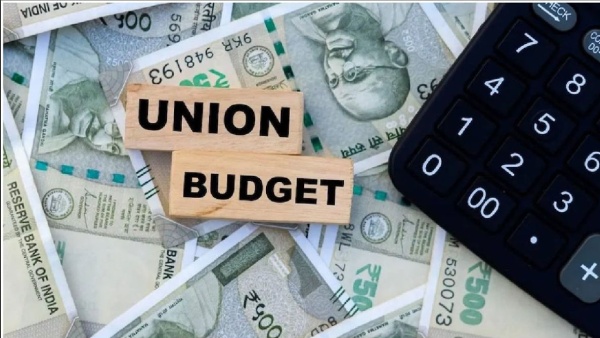

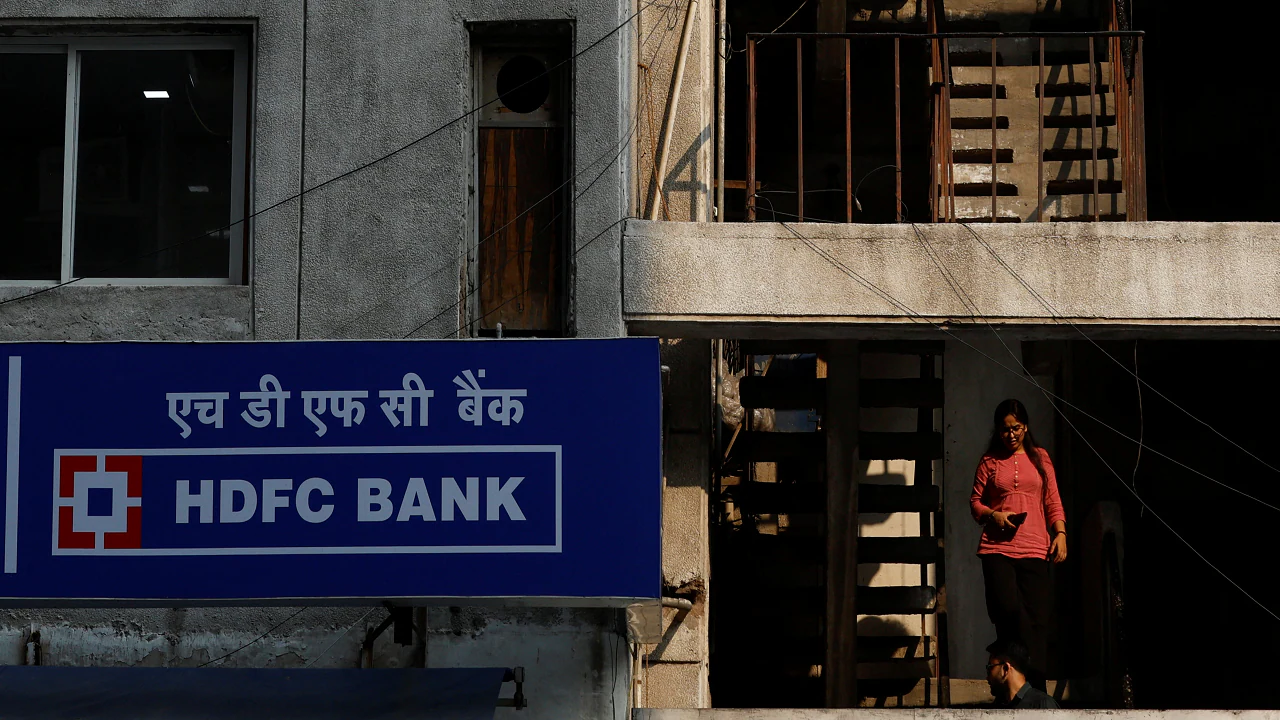















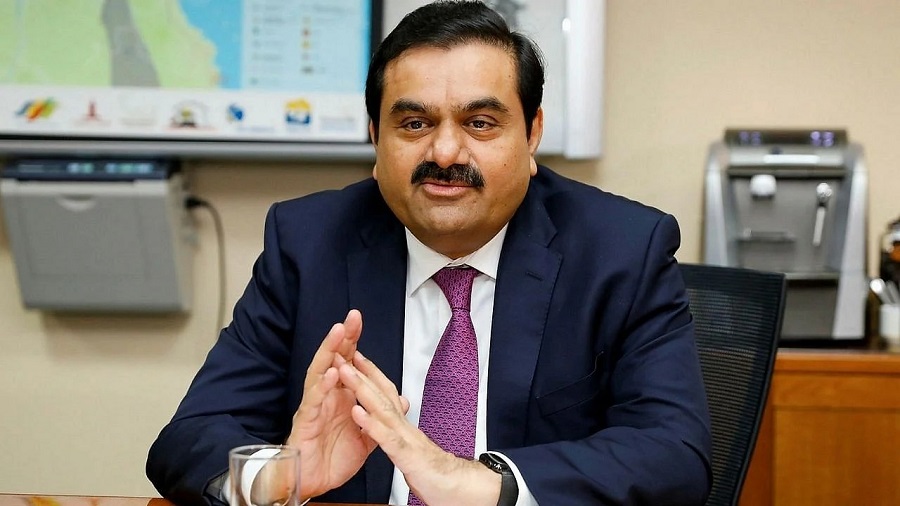

.jfif)






















































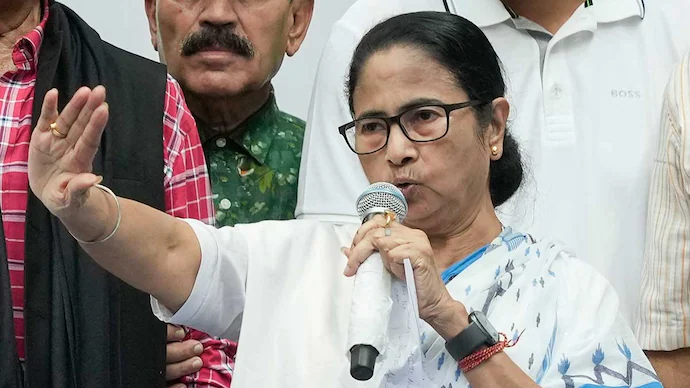








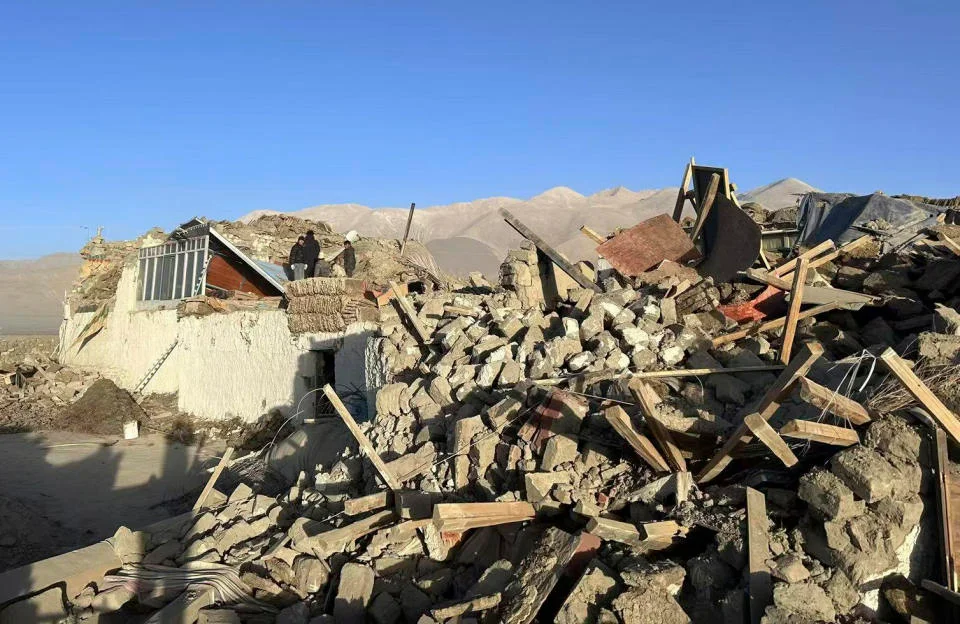




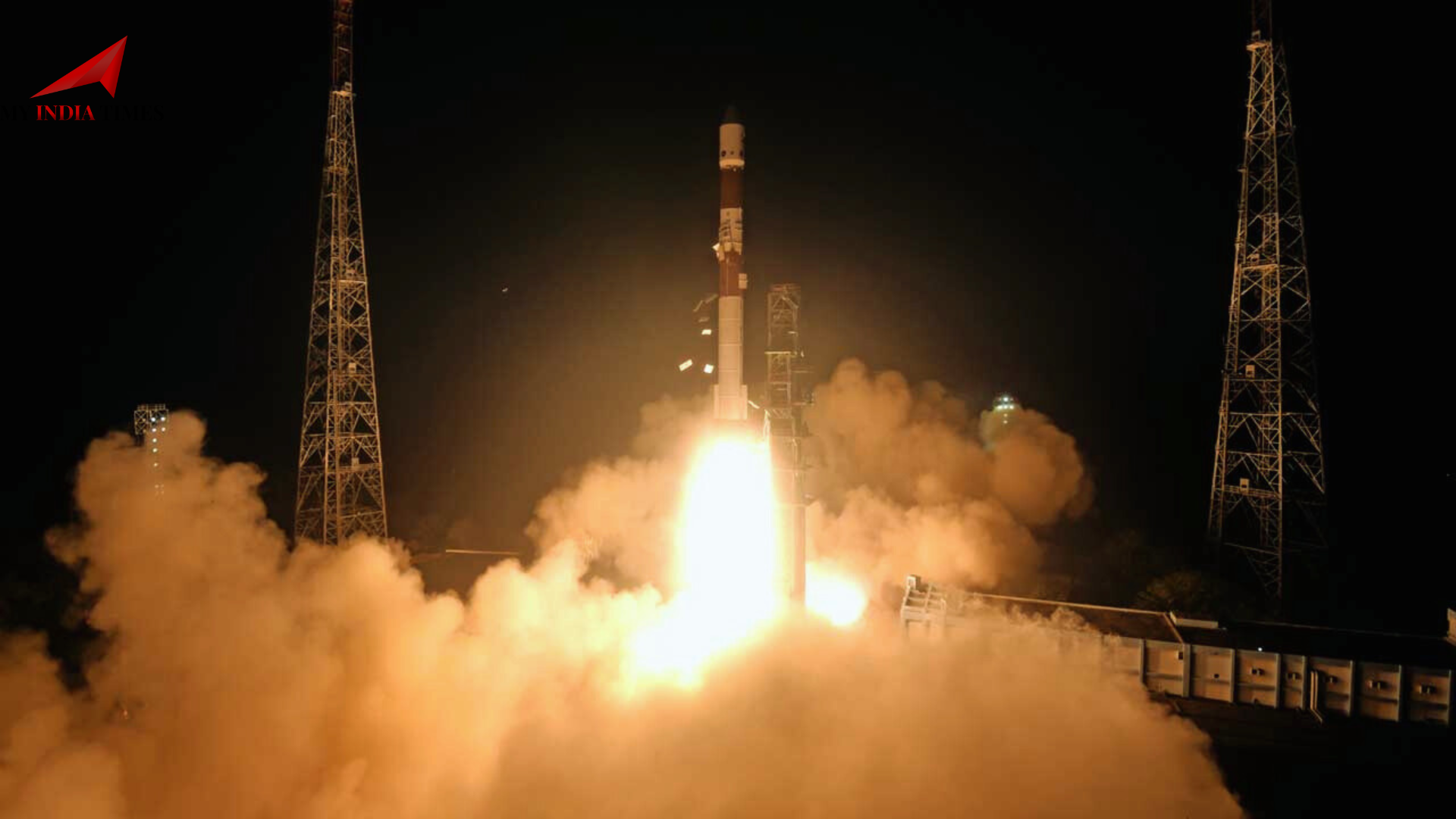




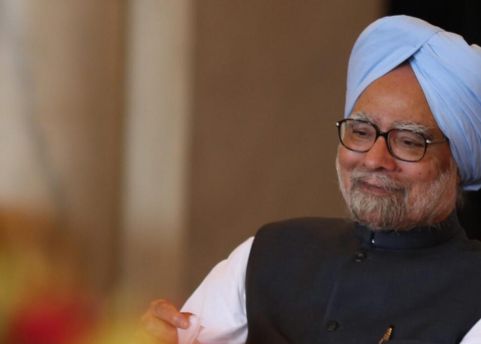










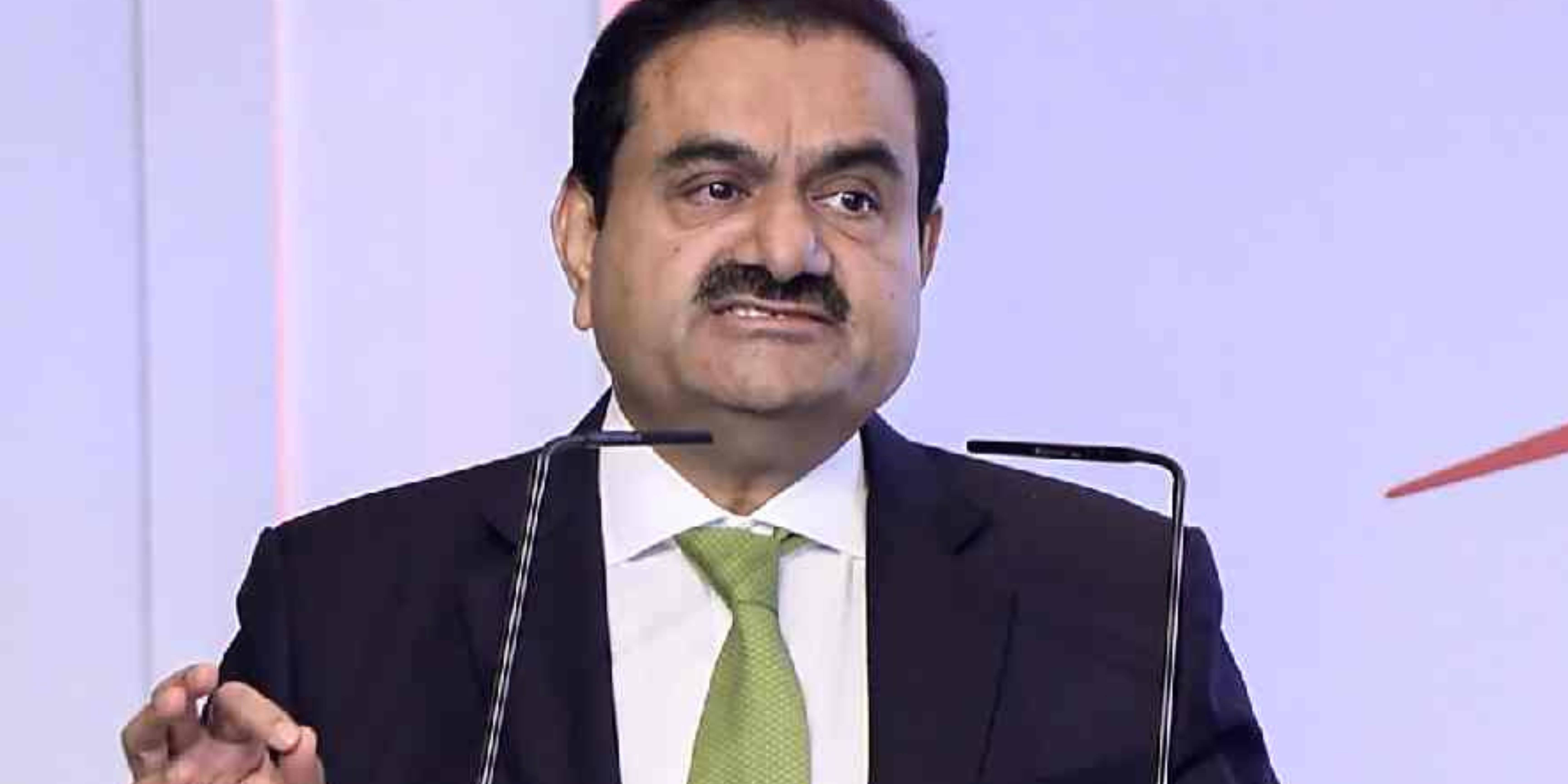



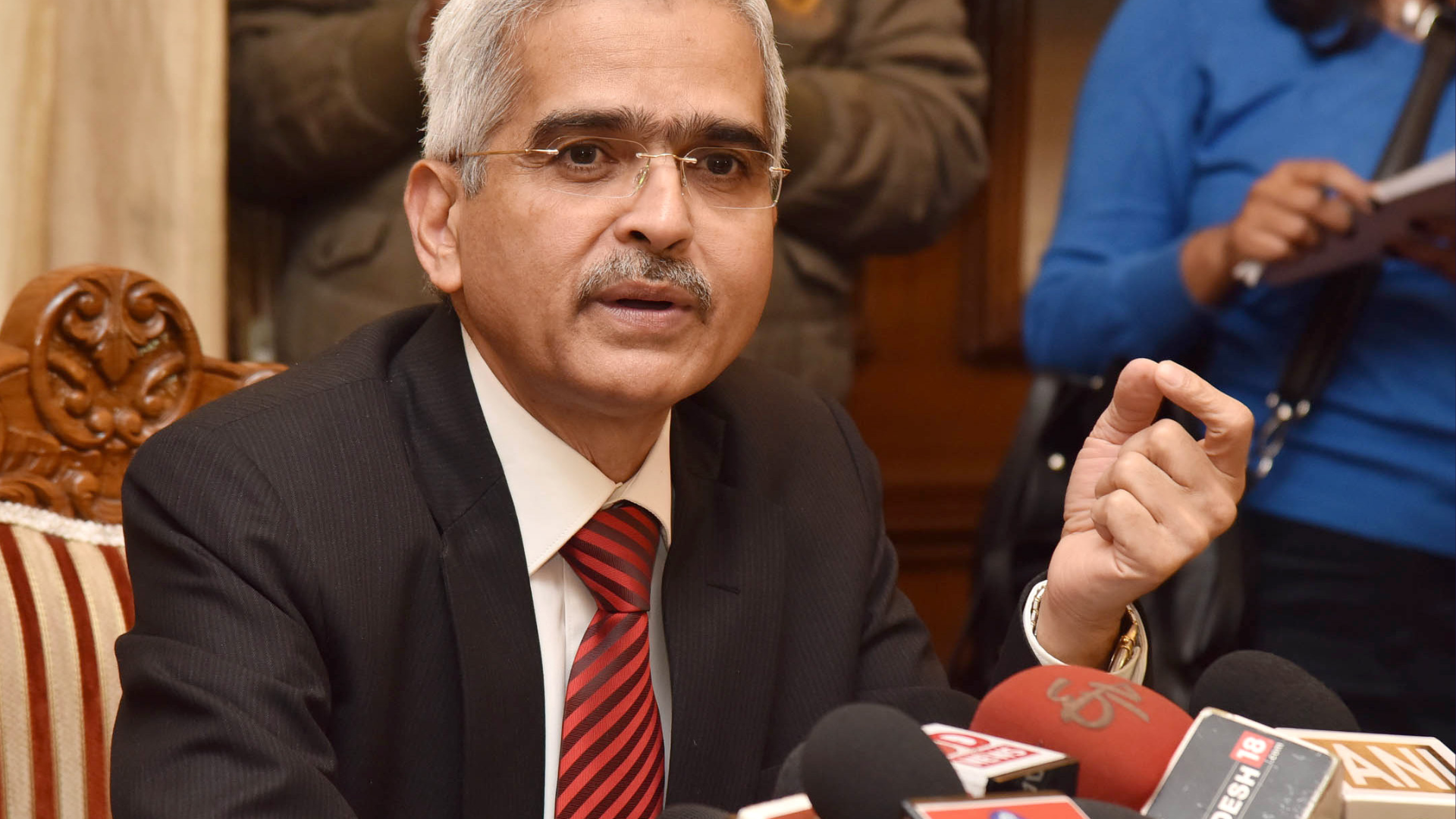







.png)
 (1).png)





